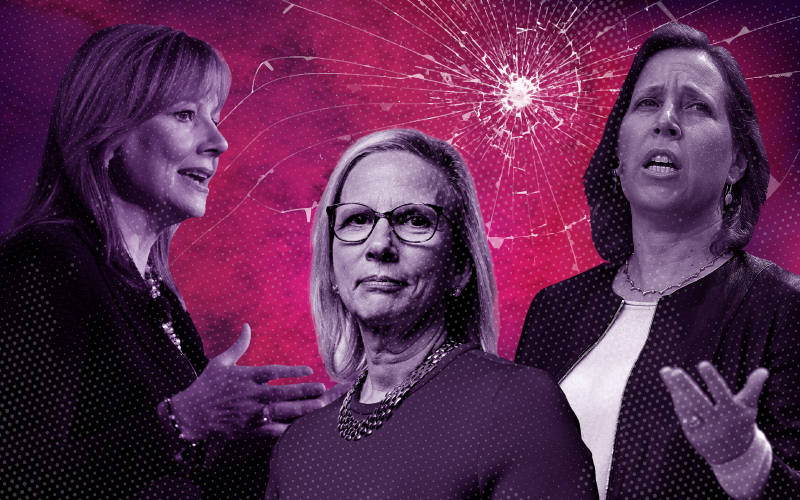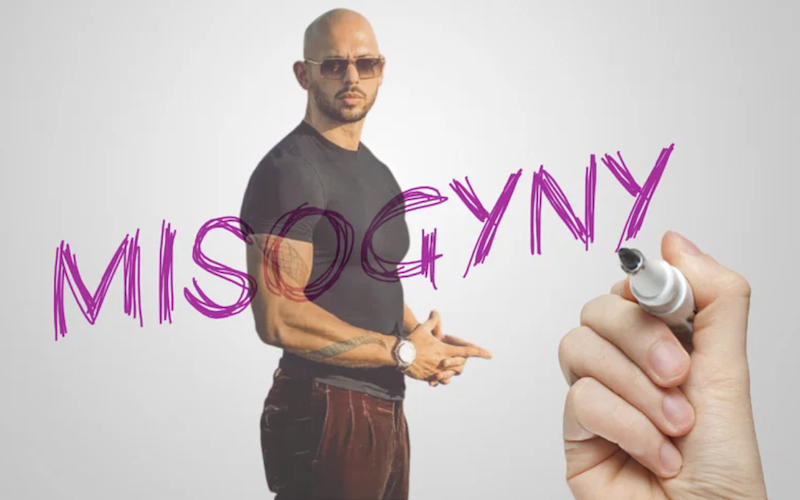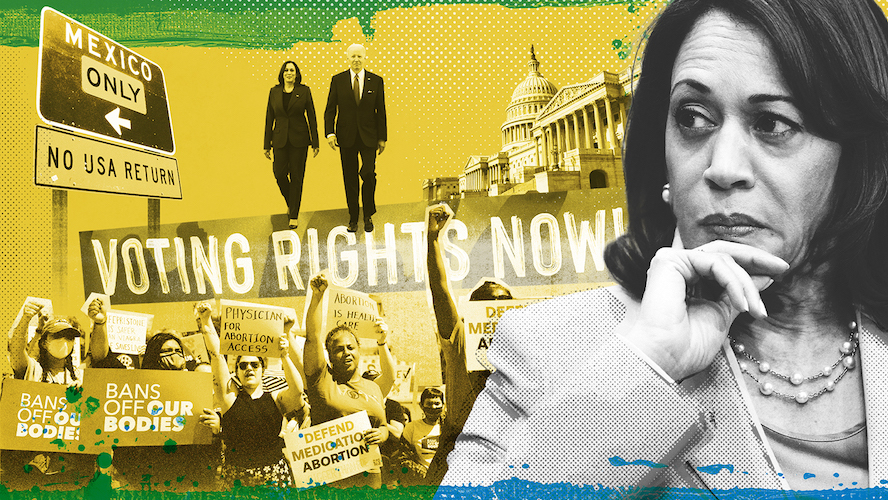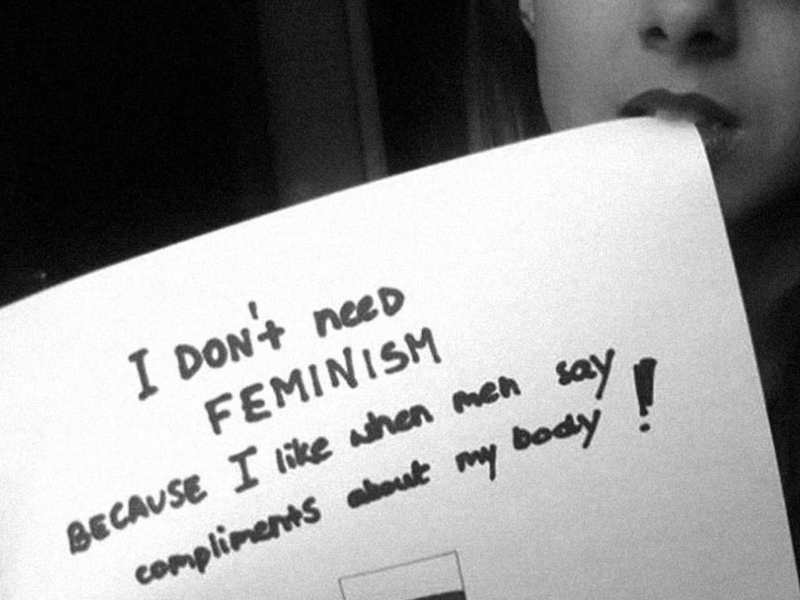Title: Understanding the Recent Overturning of Roe v. Wade: Implications and the Path Forward
The landmark Supreme Court decision of Roe v. Wade in 1973, which legalized abortion in the United States and established a woman’s constitutional right to choose, has been a cornerstone of reproductive rights. However, the political and legal landscape has recently witnessed a seismic shift with the overturning of Roe v. Wade. This decision has provoked intense debate, emotional reactions, and raised crucial questions about constitutional interpretation, reproductive rights, and the future of women’s healthcare. In this article, we will delve into the factors that contributed to the recent overturning of Roe v. Wade, explore its implications, and discuss the potential path forward.
1. The Changing Composition of the Supreme Court
One significant factor behind the overturning of Roe v. Wade is the changing composition of the Supreme Court. The Court has historically maintained a delicate balance between conservative and liberal justices, with the latter often supporting the right to abortion. However, recent appointments made by conservative administrations have shifted the Court’s balance to the right. With the retirement or passing of certain liberal justices, the appointment of conservative justices has led to a reevaluation of existing precedents, including Roe v. Wade.
The newly appointed conservative justices have different judicial philosophies, and their presence on the Court has paved the way for the reconsideration of abortion rights. This shift in the Court’s composition has emboldened proponents of abortion restrictions and created an environment where the precedent set by Roe v. Wade becomes vulnerable to legal challenges.
2. Legal Challenges & State-level Restrictions
Another crucial element contributing to the overturning of Roe v. Wade is the proliferation of legal challenges and state-level restrictions on abortion rights. Various states, predominantly with conservative legislatures, have enacted laws aimed at restricting access to abortion. These laws include mandatory waiting periods, mandatory counseling, gestational age limits, and requirements for admitting privileges for doctors performing abortions. Advocates for these laws argue that they are necessary to protect the rights of the unborn, while critics argue that they unduly burden women seeking abortions and violate their constitutional rights.
These state-level restrictions have served as a testing ground for the limits of Roe v. Wade and have provided an opportunity for opponents of abortion rights to bring cases that could challenge or undermine the precedent. The conservative-leaning Supreme Court has shown a willingness to consider these cases, leading to the potential erosion of the protections established by Roe v. Wade.
3. The Viability Standard & the “Undue Burden” Test
Roe v. Wade established a framework that balanced a woman’s right to choose with the state’s interest in protecting potential life. The decision determined that during the first trimester, the decision to have an abortion should be left to the woman and her doctor. However, as the pregnancy progresses, the state’s interest in protecting potential life becomes stronger, and regulations could be imposed to protect that interest.
Over the years, subsequent Supreme Court decisions have modified the viability standard established in Roe v. Wade. The “undue burden” test, established in the 1992 Planned Parenthood v. Casey case, allowed states to regulate abortion as long as the regulations did not impose an undue burden on women seeking an abortion. This standard provided a framework for evaluating the constitutionality of state-level restrictions on abortion.
However, with the recent overturning of Roe v. Wade, the future of the viability standard and the “undue burden” test becomes uncertain. This decision opens the door for states to enact more restrictive abortion laws without the same level of scrutiny and legal barriers that previously existed. It could potentially lead to a fragmented and unequal landscape of abortion rights across different states, where access to safe and legal abortions may be severely limited for certain individuals.
4. Societal Attitudes & Political Influence
The shifting societal attitudes towards abortion have also played a role in the overturning of Roe v. Wade. Over the past few decades, the United States has witnessed a polarization of viewpoints on the issue. While there are those who staunchly support a woman’s right to choose, there is also a vocal and influential contingent advocating for stricter regulations or an outright ban on abortion. These different viewpoints have shaped political discourse and influenced the legislative landscape, ultimately impacting the composition of the Supreme Court.
The influence of interest groups, religious organizations, and political parties on public opinion and policymaking cannot be overlooked. The overturning of Roe v. Wade can be seen as a result of successful lobbying efforts by those who oppose abortion rights and a response to the shifting cultural and political climate.
5. Implications & the Path Forward
The overturning of Roe v. Wade has significant implications for reproductive rights and women’s healthcare. It raises concerns about access to safe and legal abortion, particularly for low-income women and those in states with restrictive laws. Without federal protections, the availability of abortion services may vary greatly across different states, leading to a patchwork system where individuals’ rights depend on geographical location. This situation disproportionately affects marginalized communities and exacerbates existing disparities in access to healthcare.
In response to the overturning of Roe v. Wade, advocacy groups, healthcare providers, and lawmakers are mobilizing to safeguard reproductive rights. Efforts are underway to push for federal legislation that enshrines the right to abortion and protects access to reproductive healthcare services. Additionally, there is a renewed focus on the importance of grassroots activism, education, and fostering public understanding to ensure that reproductive rights remain a central issue in political discourse.
The recent overturning of Roe v. Wade marks a critical turning point in the history of reproductive rights in the United States. It reflects a culmination of factors, including the changing composition of the Supreme Court, legal challenges, state-level restrictions, societal attitudes, and political influence. The decision’s implications are far-reaching, with the potential to reshape the landscape of abortion rights and access to reproductive healthcare across the country.
As the debate surrounding reproductive rights continues, it is essential for individuals, communities, and policymakers to engage in informed discussions, respect diverse perspectives, and work towards a more equitable and comprehensive approach to reproductive healthcare. The path forward involves advocating for legislative protections, fostering public understanding, and promoting access to safe and legal abortion services, ultimately ensuring that women have the autonomy to make decisions about their own bodies and reproductive futures.
















